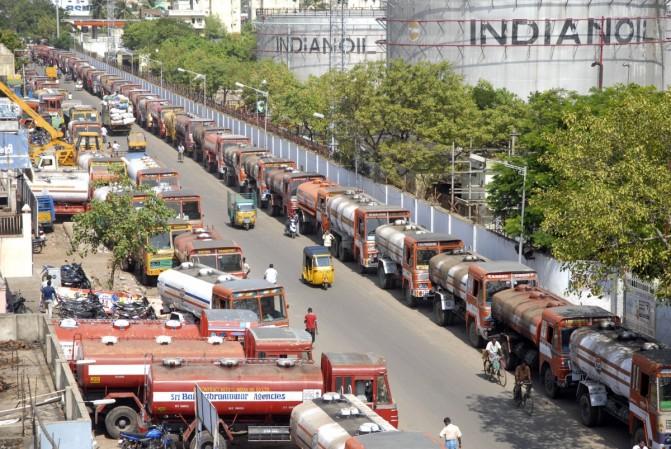
The Modi government has saved about Rs 59,000 crore of cooking gas subsidies after the implementation of direct benefit transfer scheme PAHAL (Pratyaksh Hastantarit Labh) since 2015. The scheme allowed the government eliminate fake and inactive connections, reduce leakages and allow the 'Give It Up' campaign to urge the public above the poverty line, to surrender the subsidised gas connections.
As per the filings of the Union Budget by Nirmala Sitharaman, the government has closed down about 4.03 crore duplicate, fake and inactive connections excluding the elimination of about 1.03 crore beneficiaries of the Pradhan Mantri Ujjwala Yojana above the poverty line.

The PAHAL scheme allows direct transfer of LPG subsidy to the consumer's bank account without the implementation of any rebate during the purchase of the cylinder. The scheme was launched in 54 districts of India in 2014, later expanding its branches throughout the country by 2015. The government initiative has added about 24.72 crore consumers.
Essentially, government has cut the subsidy outgo by excluding such LPG consumers, including the spouse, having taxable income of above Rs 10 lakh from availing LPG subsidy from January 1, 2015. Otherwise, nearly 8 lakh consumers have either submitted self-declaration or identified for exclusion using the information provided by the Department of Revenue, said a report in Economic Times.

The budget has also revealed that the government has saved about Rs 8,265 crore on subsidised kerosene that saw an increase in its retail selling price (RSP) by about Rs 15 per litre. The increase in the retail selling price has led to increasing government savings by Rs 8,265 crore as of April 2019.
The ministry of petroleum and natural gases had directed the oil companies to hike the RSP of kerosene by Rs 3.23 per litre, gradually increasing it by Rs 0.25 every fortnight till September 2017. The process was then re-implemented from January 1, 2018.
In a process to decrease the usage of kerosene in the country, the government has drastically increased the rates and in turn, decreased the allocation of the fuel in all the states by about 28 percent in 2018. The government even aimed at further decreasing the allocation by 12 percent which seems feasible considering the first quarter reductions of 2019.
The Modi government's oil ministry has pulled down the subsidy bill by about 50 percent from 2014 and Finance Minister Nirmala Sitharaman's budget report stated that the subsidy bill was reduced from Rs 76,308 crore in 2014 to Rs 37,606 crore by 2018.















